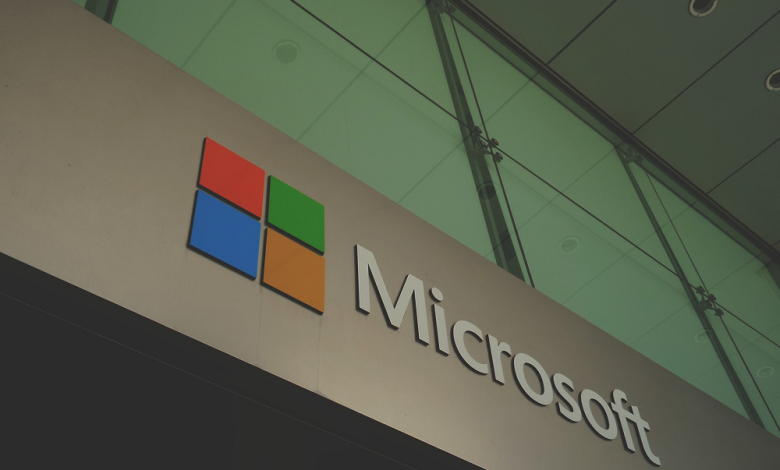Microsoft has expanded its language support by adding 13 new African languages to its Microsoft Azure Cognitive Services Translator.
The move allows text and documents to be translated to and from these languages across Microsoft’s ecosystem of products and services.
The new languages include chiShona, Hausa, Igbo, Kinyarwanda, Lingala, Luganda, Nyanja, Rundi, Sesotho, Sesotho sa Leboa, Setswana, Xhosa, and Yoruba.
With the addition of these languages, the total number of supported languages is now 124. This is a significant step towards providing expanded language support for millions of people in Africa and around the world.
General Manager of Microsoft Africa Regional Cluster, Wael Elkabbany believes that this development will improve accessibility and break down the language barrier between people and cultures worldwide.
According to General Manager, “It is transformative when we can empower our communities across the continent to do and achieve more, and even more so when they can do it in their language.”
Microsoft’s Translator service enables people and organizations to add African language text translation to apps, websites, workflows, and tools.
They can also use Translator’s Document Translation feature to translate entire documents, or volumes of documents, in a variety of different file formats while preserving their original formatting.
Additionally, users can leverage Translator with Cognitive Services such as Speech or Computer Vision to add speech-to-text and image translation capabilities to their apps.
Educators can create a more inclusive classroom for both students and parents with live captioning and cross-language understanding.
As Elkabbany notes, Microsoft has continuously added languages and dialects to its Translator service while using the latest neural machine translation (NMT) techniques to ensure the translation quality of the supported languages.
The Microsoft officer adds, “We achieve this by working with partners in language communities who can help gather data for specific languages and who have access to human-translated texts, which also helps to overcome the challenge of obtaining enough bilingual data to train and produce a machine translation model.




